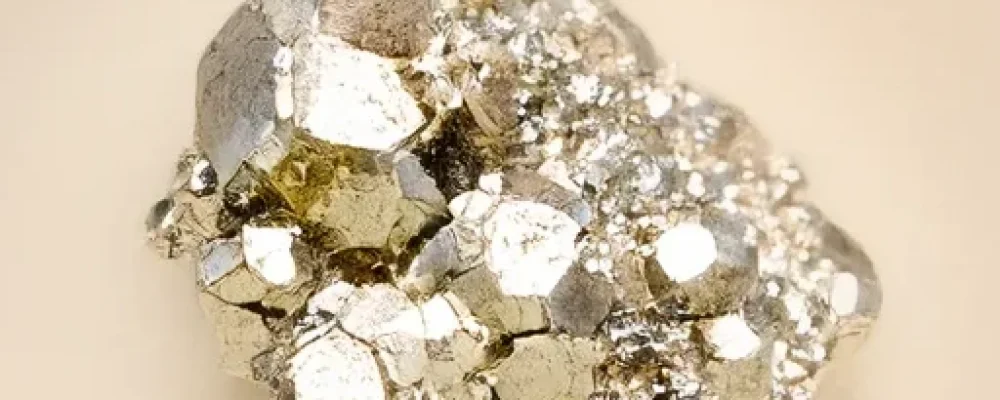The Science Behind Crystals
Crystals captivate not only through their beauty but also through their fascinating scientific underpinnings. At their core, crystals are solids whose atoms, molecules, or ions are arranged in a highly ordered, repeating pattern extending in all three spatial dimensions. This unique atomic structure is responsible for the distinct physical properties that crystals exhibit, such as their characteristic shapes, hardness, and optical properties.
The process of crystallization is fundamental in the formation of crystals. It occurs when a liquid cools and begins to solidify or when dissolved minerals precipitate from a solution. The conditions under which crystallization takes place, such as temperature and pressure, play a crucial role in determining the size and quality of the resulting crystals. For instance, slow cooling tends to produce larger and more well-formed crystals, while rapid cooling results in smaller, less defined structures.
Crystals are classified into various crystal systems based on their geometric symmetry. The seven primary crystal systems are cubic, hexagonal, tetragonal, orthorhombic, monoclinic, triclinic, and trigonal. Each system is defined by the length and angles of its axes, contributing to the diversity of crystal shapes. Symmetry within these systems is a pivotal aspect, as it influences the physical properties and stability of the crystals.
Both natural and synthetic methods are employed to grow crystals. Natural crystal growth occurs in geological environments over extended periods, influenced by factors like mineral composition, temperature variations, and the presence of impurities. In contrast, synthetic crystal growth can be achieved in laboratories through techniques such as the hydrothermal method, where crystals form from high-temperature aqueous solutions, and the Czochralski process, used primarily for growing semiconductor crystals.
Crystals have myriad applications across various fields. In technology, they are fundamental to the operation of electronic devices, including semiconductors and laser systems. In medicine, crystals like those found in X-ray diffraction equipment are essential for imaging and diagnostic purposes. Moreover, the aesthetic appeal of crystals makes them highly sought after in the jewelry industry, where their brilliance and variety continue to enchant.
Cultural and Metaphysical Significance of Crystals
Throughout history, crystals have held profound cultural and metaphysical significance across various civilizations. In ancient civilizations, such as those of Egypt, Greece, and China, crystals were utilized for their purported healing properties and spiritual connectivity. The Egyptians, for instance, adorned their pharaohs with lapis lazuli and turquoise, believing these stones would guide and protect them in the afterlife. Similarly, the Greeks attributed amethyst with the power to prevent intoxication and promote clarity of mind.
In ancient China, jade was esteemed not only for its beauty but also for its supposed ability to imbue longevity and vitality. These historical usages underscore the deeply ingrained belief in the metaphysical properties of crystals, which have transcended time and geography to influence contemporary practices.
In modern times, the metaphysical significance of crystals has seen a resurgence, particularly within holistic and alternative healing communities. Crystal healing is a popular practice where different stones are used to align and balance the body’s energy fields, or chakras. For example, quartz is often used for its alleged ability to enhance clarity and amplify energetic intentions, while amethyst is favored for its supposed calming and protective vibrations. These practices often integrate crystals into meditation, where they are believed to foster deeper spiritual connection and emotional healing.
Despite the widespread acceptance of crystal healing in certain circles, it remains a topic of debate within the scientific community. Critics argue that the benefits attributed to crystals could be the result of the placebo effect rather than any inherent properties of the stones themselves. While empirical evidence supporting the metaphysical claims of crystals is limited, their cultural and historical importance cannot be dismissed. Crystals continue to captivate human fascination, symbolizing a timeless connection between the material and the mystical.
